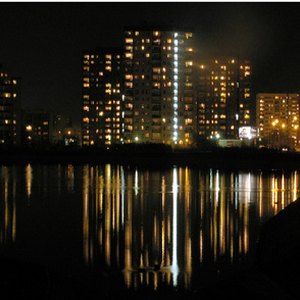
Many factors influence the value of real estate. For urban areas--which are characterized by higher density populations—there are more factors that affect a property’s value than there would be in a more rural area with fewer development options. Location, use, and applicable legislation all contribute to the value of land in urban settings.
Zoning
Zoning regulations are laws that dictate how a property can be developed in terms of height, width, use and amount of open space. Urban areas typically have more allowable uses than rural areas. Additionally, most municipalities offer procedures that allow land owners to create developments that are not in keeping with the established zoning regulations, but those procedures can take months to complete. The Uniform Land Use Review Procedure can take 150 days or longer according to the New York City Department of City Planning. The longer it takes to develop a property, the more money is paid to consultants, contractors and mortgage lenders. Zoning regulations in an urban area might allow a single-family detached home or a multi-story skyscraper. Larger buildings have the potential to make more money, depending on the real estate market. Urban land that is zoned for a low density use as opposed to a high density use could mean a substantial difference in potential profit.
Landmark Status
National, state and local agencies bestow certain properties with landmark status. A designated historical landmark is a property with demonstrated/documented cultural or architectural significance. A local landmark designation typically brings with it certain restrictions and oversight for the property. The Commission on Chicago Landmarks is responsible for reviewing all renovations, demotions and new construction on designated landmarks. The inability to put in certain windows or add an additional story could have a negative impact on the value of an urban property. Conversely, some historical designations increase the value of a property because the land is associated with a popular public figure or the land is in a desirable neighborhood of well-kept historic homes.
Proximity to Transportation
According to Public Transportation, proximity to public transportation makes properties more desirable and hence increases their value. Urban properties, which tend to have denser populations, have more transportation options such as trains, light rail services, bike lanes, bus routes and highway ramps. Prospective renters and owners in the urban market look for properties that offer convenient access to various forms of transportation.
References
Writer Bio
Dee Striker has been writing professionally since 2007. Her work has appeared in "The New York Amsterdam News" and several online publications such as Clutch and Get 'Em Girls. Her portfolio includes articles on real estate, love/relationships and politics. She has a Bachelor of Arts degree in English and a Master of Arts degree in urban planning from the University of Michigan.

